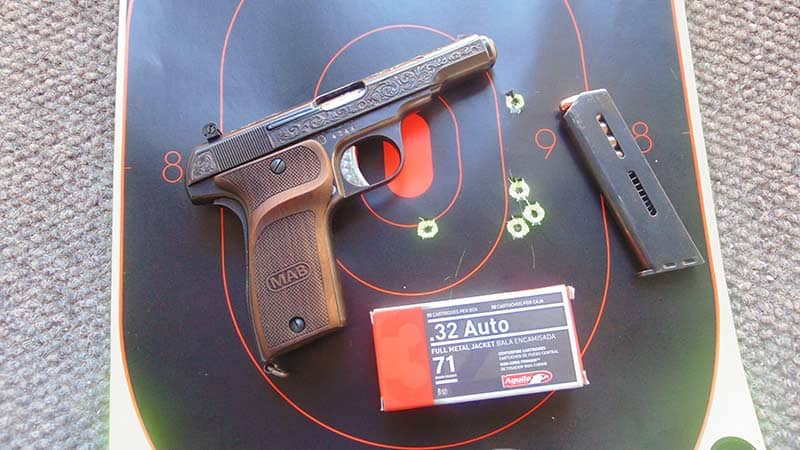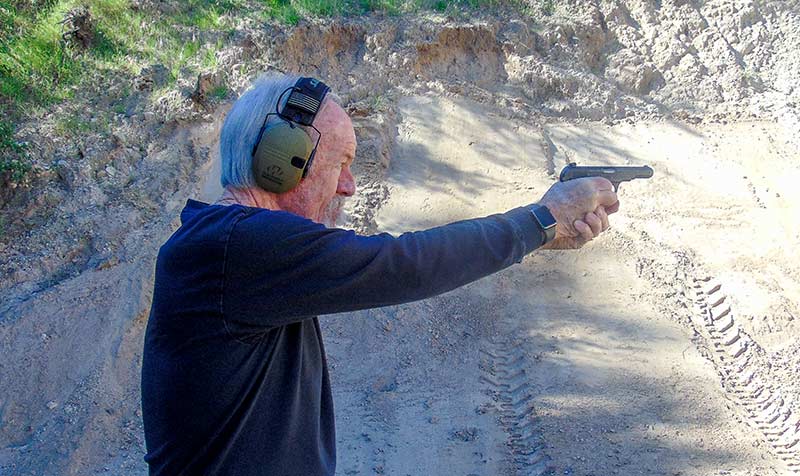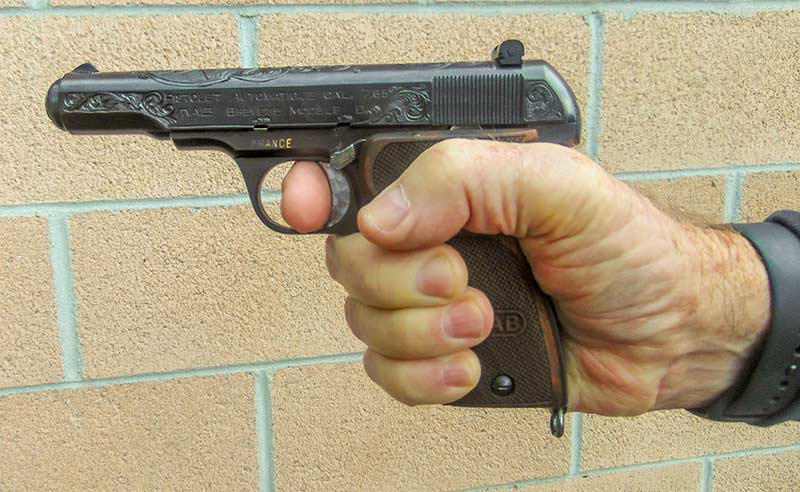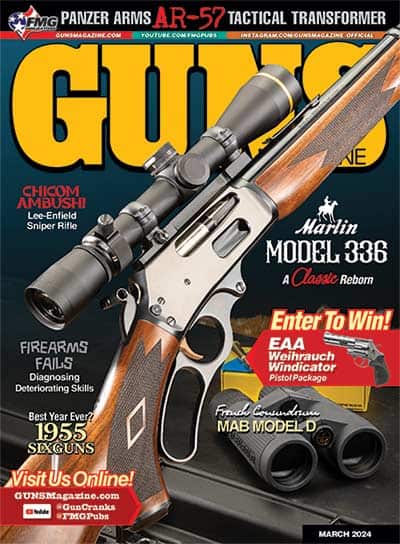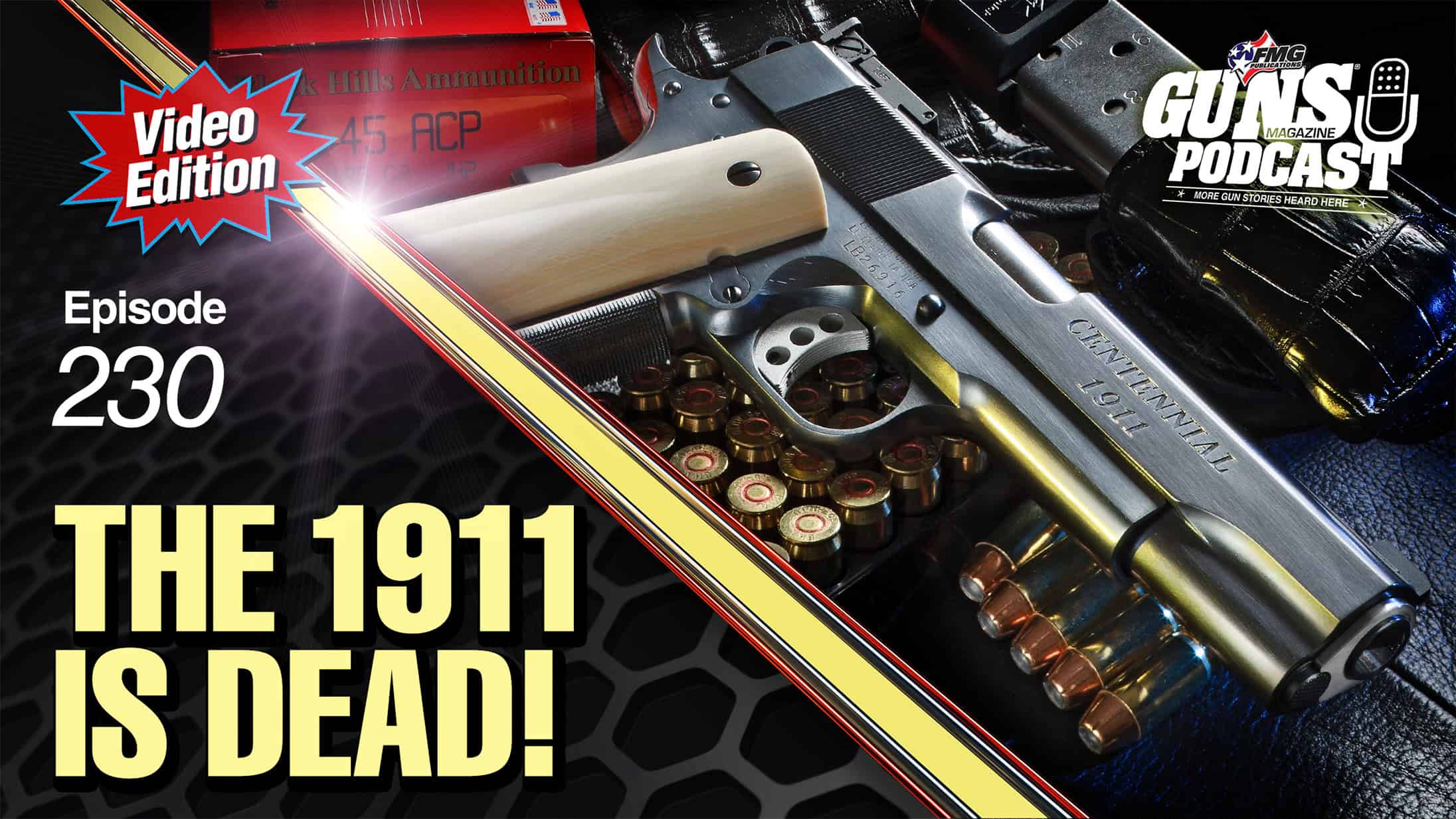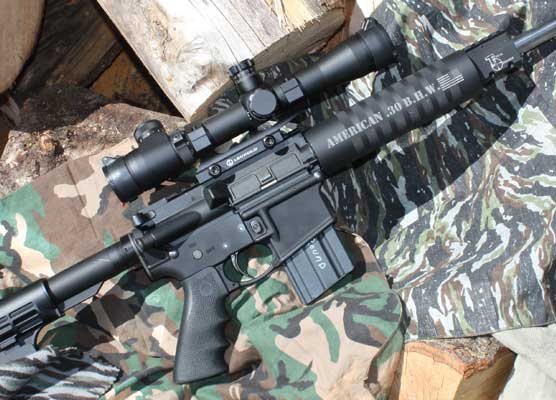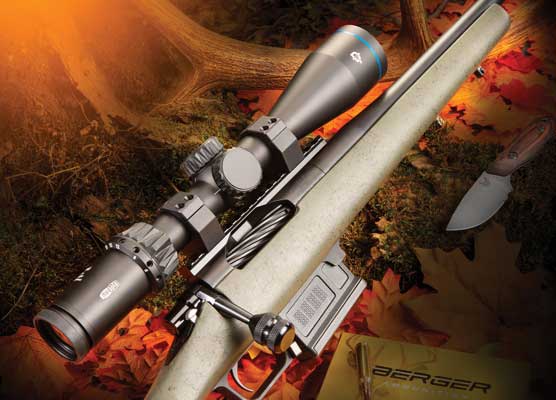The MAB Model D
Vintage French Import
Although France isn’t usually the first country that leaps to mind as a hotbed of handgun design and production, the French have nonetheless managed to come up with some excellent specimens.
Since 1972, revolver aficionados can point to the excellent super-premium Manhurin MR73 series of .357s. And beginning several decades before that — on the auto side of the ledger — the MAB Model D gained a solid reputation during its 1933–1963 production run.
What’s In A Name?
So let’s get the acronyms out of the way first. “MAB” stands for Manufacture d’armes de Bayonne. The company was in existence from 1920 to 1982 and was the handgun source for the French military and various law enforcement agencies — and, of course, the German military during the Occupation. The Germans were always on the lookout for pistols and were more than happy to get their hands on the Polish Radom, Belgian Browning, Spanish Astra and French MAB.
The single-action MAB Model D had two major variants, Type 1 and Type 2. The Type 1 featured an external latch release for the barrel bushing whereas with the Type 2, you simply pushed and turned the bushing for disassembly.
The Type 2 — which is what we shot — replaced the Type 1 in 1945. The Model D was heavily influenced by the Browning FN Model 1910/1922 and was offered in .32 ACP and, later, in .380 ACP.
According to an article by Ed Buffaloe at UnblinkingEye.com, MAB pistols were imported by Western Arms Corporation of Los Angeles until the early 1960s. Says Buffaloe, “I haven’t found any evidence that MAB pistols were imported into the U.S. prior to Western Arms.”
The term “pocket pistol” is a nebulous one and the Model D’s size makes its inclusion into any reasonably sized “pocket” somewhat questionable. Specifics include a 27-oz. unloaded weight and a 7″ overall length including the just-barely-under 4″ barrel. The single stack magazine holds nine rounds and seven for .380 versions.
In addition, our particular gun was a bit out of the ordinary. It featured scroll engraving by William Rankin of Red Lodge, Mont., plus the trigger had been jeweled. In addition, the somewhat cheesy original plastic grips had been replaced by checkered walnut aftermarket panels made in Turkey by Zib. All in all, our particular Model D was an attractive little pistol or, as we should probably refer to it, “pistolet.”
Hello James
Our Model D was in 7.65mm — more commonly known hereabouts as the .32 ACP. Despite the famous admonition given to 007 in Dr. No of the similarly chambered Walther PPK possessing “a delivery like a brick through a plate-glass window,” the .32 ACP is generally considered somewhat underwhelming as far as defensive handgun cartridges go. However, some current loadings, most notably Buffalo Bore’s 75-grain Hardcast FN Plus-P offering at 1,150 fps, is a noticeable step up from the original 74-grain FMJ at around 900 fps.
The ammo we had on hand for testing was Aguila’s 71-grain FMJ offering, which averaged just 10 fps less from the Model D than the company’s claimed 905 fps.
Okay. The .32 ACP MAB Model D isn’t a 1911 but it’s still a sleek, attractive pistol. A couple of notes would be in order though. The trigger on our test gun was pretty good at a reasonably crisp 4 lbs.
The surprisingly beefy rear sight took some getting used to. It was very wide “between the ears,” and in conjunction with the very thin front sight blade, was kind of a challenging proposition as far as target acquisition goes. You’ve got to settle the front sight into a very fine notch below the rear sight posts. This is a task for younger eyes than ours. On the upside, the rear sight unit on our particular pistol was elevation-adjustable via a small screw.
Stay Safe
A more problematic issue with our MAB Model D lay in the fact the grip safety was small and difficult to depress reliably, at least in my normal firing grip. I thought it would benefit considerably from a somewhat scaled-down 1911-style “memory bump,” if not a strip of electrical tape to deactivate the thing!
But in all fairness, the pistol’s owner, John Wightman, didn’t have the problems with the grip safety like I did.
The manual safety/slide lock on the left side of the gun is rather small and quite difficult for short-thumbed shooters to access with the thumb of the strong hand without some serious manual contortion. This makes employing the weak hand to operate it a whole lot easier. The good news? The magazine release button is positioned like a 1911 instead of the common European-style release on the heel of the gun. There is a lanyard ring at the heel of the pistol, which is a nice old-school touch.
MAB replacement parts — recoil springs, magazines, barrels, grip panels and extractors — are still easily obtainable and reasonably priced.
Even if you ignore the caliber limitations, the MAB Model D is probably not a first-line choice as a carry gun, but it’s a cool item with a Gallic heritage that will appeal to collectors of old-school autos.
Most starting bids I’ve seen, as well as some “buy it now” offers at GunBroker.com range from $450 to $550. It’s true they lack the cachet (and price sticker) of original German PP and PPKs, but they’re still pretty cool pistols.
